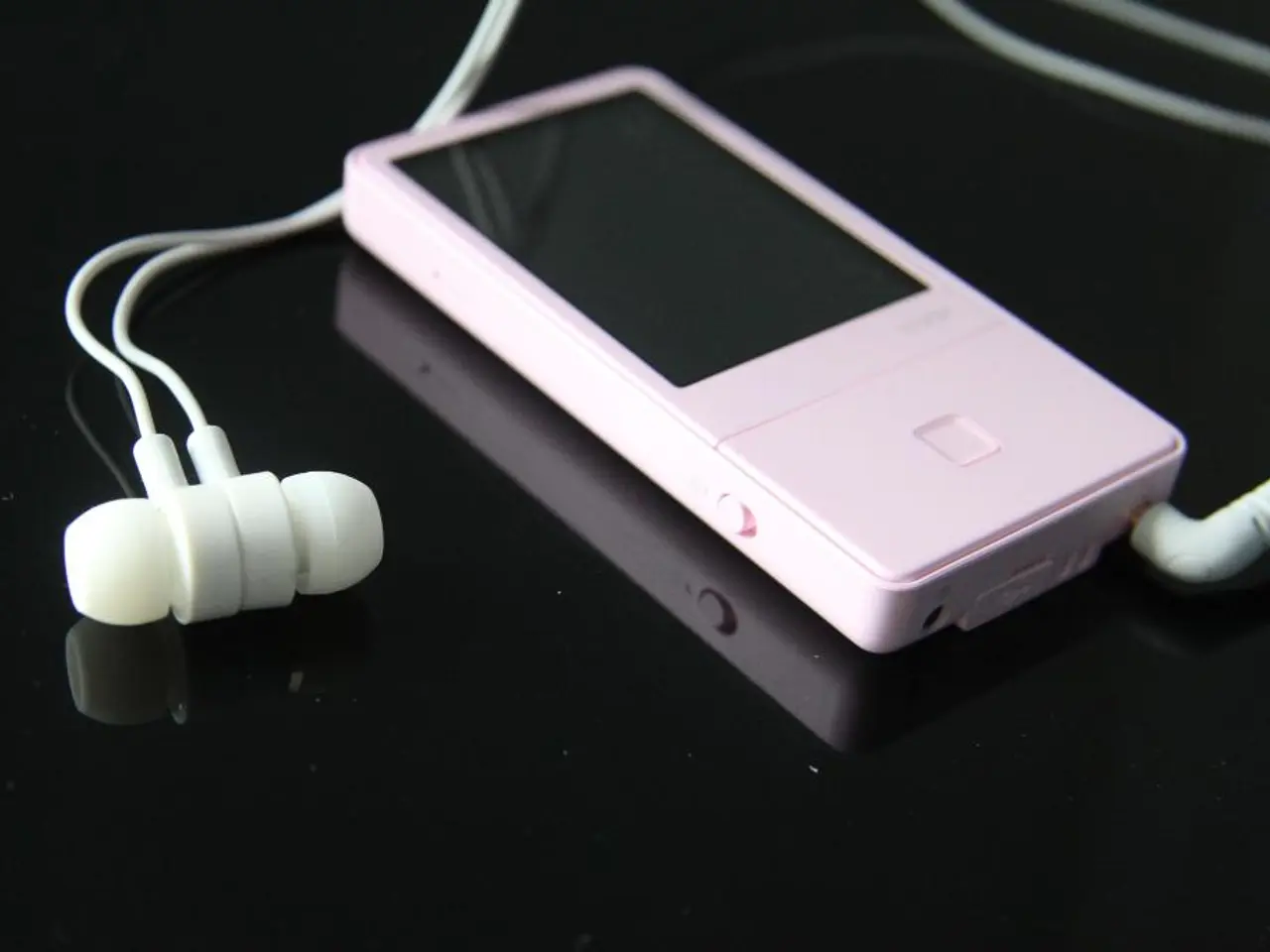Battle Between Amazon Fire TV Stick 4K and Roku Streaming Stick Plus: Which Streaming Devices Suit You Better?
In the world of streaming devices, two standout contenders are the Roku Streaming Stick Plus and the Amazon Fire TV Stick 4K. Both offer mainstream streaming apps, such as Netflix, Disney, Hulu, Max, Prime Video, YouTube, and more, but they have distinct differences that cater to various preferences.
Design
The Roku Streaming Stick Plus is slim, sleek, and ultra-compact, measuring just 0.8 inches wide. It can be powered via a TV’s USB port, making it one of the most compact streamers available. On the other hand, the Fire TV Stick 4K is compact but less emphasised on minimalism, with dimensions of 1.2 inches wide. Amazon includes an HDMI extender dongle to help it fit comfortably.
Media Format Support
When it comes to media format support, the Fire TV Stick 4K takes the lead with its ability to deliver premium HDR and audio formats, such as Dolby Vision and Dolby Atmos. The Roku Streaming Stick Plus, while supporting HDR10+, does not offer Dolby Vision on this model.
App Selection & Interface
Roku is known for its clean, ad-light interface, providing a simpler, more neutral user experience. The Fire TV interface, however, tends to feel like an extension of Amazon’s storefront, with Prime Video prominent and recommendations heavily skewed toward Amazon’s content.
Local Streaming
Roku excels in local streaming compatibility, supporting platforms like Apple AirPlay and HomeKit, as well as free over-the-air channels via antenna. The Fire TV Stick 4K, while focusing more on internet streaming services, does not offer the same emphasis on local/over-the-air media.
Voice Control
The Fire TV Stick 4K’s Alexa voice experience is more advanced, offering deep integration and smart home functions. The Roku Streaming Stick Plus comes with a functional voice remote control, but its capabilities are more limited compared to the Fire TV Stick 4K.
Wi-Fi Performance
The Fire TV Stick 4K features Wi-Fi 6, offering faster and more stable streaming performance, especially in busy networks. The Roku Streaming Stick Plus uses Wi-Fi 5, providing good range and stability but not offering the same speed and handling of congestion as the Fire TV Stick 4K.
Price
The Roku Streaming Stick Plus is priced around $39.99 consistently, while the Fire TV Stick 4K usually retails for $49.99. However, both devices often go on sale, and the Fire TV Stick 4K is sometimes available at a lower price.
In conclusion, the Fire TV Stick 4K is a strong choice for those seeking cutting-edge features, premium format support, and deep Alexa integration. On the other hand, the Roku Streaming Stick Plus offers a simpler, cleaner experience with broad app support, better local streaming compatibility, and a more affordable price point.
[1] Roku Streaming Stick Plus [2] Amazon Fire TV Stick 4K [3] Amazon Fire TV Stick 4K vs Roku Streaming Stick Plus [5] Amazon Fire TV Stick 4K vs Roku Streaming Stick Plus
- The Roku Streaming Stick Plus's minimalist design and broad compatibility with local streaming platforms make it an appealing choice for individuals seeking a simpler lifestyle, particularly those who value Apple ecosystem integration or prefer over-the-air media.
- For tech enthusiasts and entertainment lovers, the Amazon Fire TV Stick 4K's support for premium HDR and audio formats, advanced Alexa voice control, and Wi-Fi 6 technology cater to those who prioritize technology and entertainment features, offering a more innovative and integrated streaming experience.




